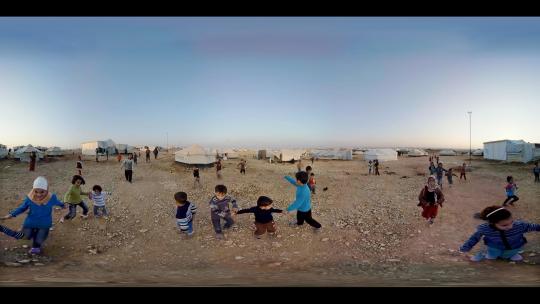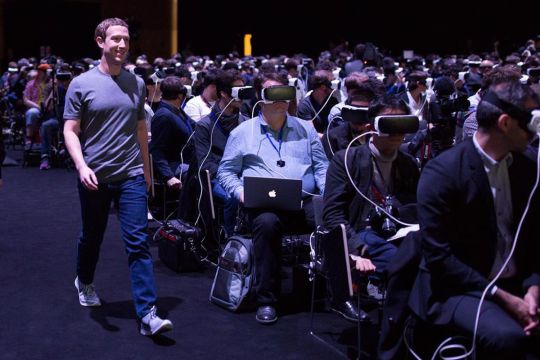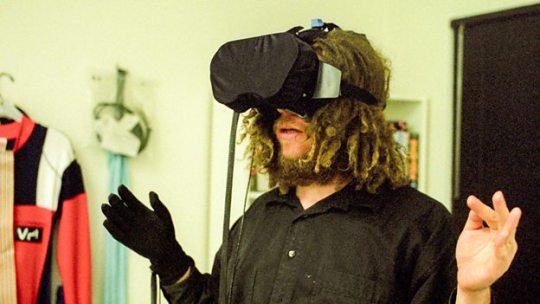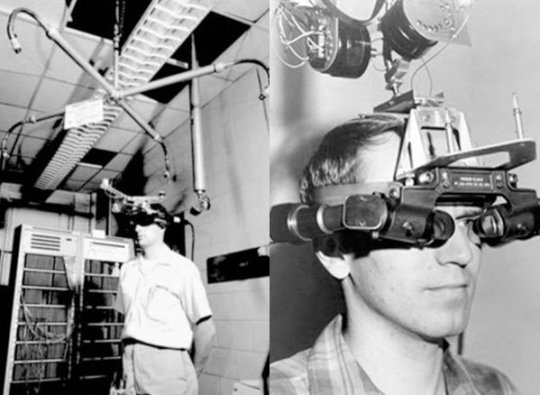#but as I develop these characters more I am rapidly losing my sense of irony on that front
Text
Hey uh… Fans of my PMD2 The Present is a Gift AU… I got a question for y’all.

#I make no guarantees on the presence of shipping#nor on its absence#HOWEVER:#I wanna hear the voice of the people on this#the original fic was jokingly titled Twig/Darkrai Angst Extravaganza (or something similar)#but as I develop these characters more I am rapidly losing my sense of irony on that front#Though Kip is also Right There#and so is the option of Not Shipping The Litzard#so like#yeah#pls provide thoughts in replies#(If Twig/Darkrai is the route we go there will be So Much Therapy before it’s official btw)#(the redemption arc will be set in stone and Twig will be much less of a hot mess of stress at that point)#(we are not going to swan-dive into an even unhealthier situation than we already are)#(Twig may be self-destructive but she has STANDARDS)#the present is a gift au#sofie makes too many polls#pmd#pmd oc#pmd ocs#pmd fanfic#pmd fic#pmd au#pmd2 oc#pmd2
41 notes
·
View notes
Text
A personal view on the nature of VR and reflections on the Alterities symposium.
The symposium was an excellent first leap into serious critical reflection on the nature of virtual reality and other nominally immersive experiences.
My own impression of these technologies is still guarded even though I have heard people talk about VR as a technology who’s time has come. The persuasive argument that it has reached the tail end of the hype cycle bell curve and that it can be considered a mainstream technology seems premature. The argument goes that it is mature as a technology, that the content emerging for it is now beyond the fairground curiosity stage, that it is tackling serious issues under the guise of empathy, but I am still not wholly convinced.
I find it hard to accept it for a number of reasons and I have tried to explore these in the following post.
Immersion vs Disconnection
The greatest advocates for VR would say that it immerses the viewer/participant in a world that surpasses existing mediums in its totality of experience. But this immersion to me still feels like a denial of reality, a hubristic arrogance that presumes we can remake reality in ways that are more engaging than the world of tangible objects and beings. During the conference the case was made that just by being in 360 degree proximity to a recorded moment of time, for example in a refugee camp, doesn’t immediately generate more empathy with the subject matter than through more conventional methods of character, story and montage. In fact Eleanor Dare incisively skewered this fallacy in her talk that exposed how empathy can be easily be biased from the point of view of the person who the camera embodies. In a VR experience of Hitchcock’s ‘Psycho’ is your empathy biased by embodying Marion or Norman? I suspect that this kind of immersion is a kind of disconnection. It reinforces a view of the world as a series of diversions, as a technological peep show separate from lived reality.

There has long been an argument that lived reality itself is an illusion, a consensual hallucination that allows our consciousness to make sense of our existence. This maybe true, but it is the only measure of our reality and therefore whether you see lived experience as a concrete phenomena or an illusion generated for someone else’s amusement, the distinction rapidly becomes moot during your everyday interaction with the world because you have to except a certain set of experiential rules or you would literally be paralysed by philosophical feedback loops - ‘What’s the point of existence if it’s all an illusion?’ and other existential dead-ends. If VR is just an illusion inside an illusion then you could be justified in seeing the act of donning goggles not as disconnection but just another layer of the hallucinogenic onion skin. However I veer to the opposite conclusion that if it is all virtual then we don’t need goggles to experience deeper levels. Our perception of other realities is already available to us via other means.
The Corporate Platform
The reason for VR’s third dawn in 2015 was largely due to cost and reach, far more than a technological apex or a cultural coming of age. Two things came together in this moment. Tech firms Facebook and Google had bought VR tech companies in 2010 and 2011 respectively and were keen to get their products out to their global user base. The realisation that VR content could be produced for a mass market audience through Google cardboard and codecs developed to deliver the content on Youtube meant that barriers to entry were reduced. Facebook also saw that its recent purchase Occulus Rift could give them traction in the games market, especially if they could promote it through their core platform.

Both companies saw that the possibility of VR and AR lies less with experience of immersive worlds and the associated imaginative possibilities, but rather, as a means to monopolise the attention economy.
As was brilliantly outlined in the keynote by Mandy Rose, Director, Digital Cultures Research Centre UWE Bristol the threats posed by immersive technologies are real, eye tracking and focus measuring means the deployment of machine learning to the task of plotting our attention directly through our eyeballs. Big tech is no longer happy with the phone in your hand they want it strapped to your face. This is the true motivation for VR’s third attempt at the big time.
A part of me longs to leapfrog this inconvenient truth about the intention of the platform and deep dive into the relative aesthetic and social power of the media, but the two aspects are wedded to each other like two lenses in a stereoscopic view finder. This is not how it has to be, but at least in the current environment of surveillance capitalism this has to be accepted as an operating norm. Every creation essentially has the shadow of big tech hanging over it. This seems to be an issue more specific to VR than any other media delivery method. Film, television and computer games are all to a greater or lesser degree influenced and developed by corporate investment and control however each of the above examples can be created and experienced without adherence to one specific platform or technology, where as VR seems to be exclusively experienced within a walled garden provided by Silicon valleys biggest monopolies, where tracking technology is implicit in the mix.
The headset is no longer a high resolution specialised technology, it has become a face housing for the ubiquitous spy in our pocket. The irony is that one of big tech’s biggest critics Jaron Lanier who has argued persuasively that the reach and intrusion of social media and big data into our lives, famous for outlining in his book of the same name ‘You are not an App’, was one of the early exponents and developers of VR.

Facial Architecture
VR has always had a strong link with early nineties cyber paganism and a new age optimism. Returning to Jaron Lanier, he was the epitomy of this kind of technological shamanism, initially espousing a humanist view of VR technology as a benign saviour and mind expanding aid. In the early nineties it was seen as a new frontier of psychedelic imagining beyond the strict conventions of mainstream office bound computing, a techno flavoured post modern red pill. Inside these worlds the libertarian fantasy of unbounded opportunity would allow acolytes to free themselves from the limiting factors of location, economics, gender, sexuality or race. The only problem with this was the limits of the technical implementation. Ever since Ivan Sutherland’s ‘Sword of Damocles’ the technology has not really escaped its clumsy shell.

If you search for VR in a search engine you don’t see images for wonderful VR worlds, you see images of eyeless smiling models engaging in some mysterious enervating experience from within a plastic box. This appears little removed from Sutherland’s experiments forty years ago. The problem with body attached technology, especially technology that covers the face is that it looks like the apparatus of a psychology experiment or an optometrist’s clinic. It seems intrusive and unwieldy. Perhaps this is a temporary problem of miniaturisation and successive generations of the technology will see it shrink to the size of an average pair of glasses or even be permanently be implanted in the viewers retina. But as was seen with Google Glasses, miniaturisation brings its own problems, as technologies become more invisible the more we become concerned about their secret intrusive presence in our lives. Are other people voyeuristically and surreptitiously collecting visual mementoes for sexual gratification, state sponsored surveillance or monetary gain.
Does the idea of a technology welded to our eyes cross a fundamental taboo? No one wants to be blindfolded unless rules are clearly agreed at the outset. By consciously blunting our senses are we losing something that is not readily given up.
I think VR also has design problem in the same way that the ‘Umbrella Hat’ does. It is a perfectly reasonable solution to a reasonable problem. VR provides a way to experience a creative world in a total all encompassing visual and auditory form. The umbrella hat likewise allows the user to stay dry and also remain hands free while walking in the rain. However there is something vaguely ridiculous about an umbrella on your head, in the same way that there is something vaguely ridiculous about wearing a black box on your face. This may be personal but I know that many people are put off by this phenomenon. I call it the ‘embarrassment factor’. However this is not necessarily an insurmountable problem and certainly seeming to talk loudly to someone who is not present in the space is now common as a result of mobile phone and this would have been considered highly embarrassing three decades ago.

Even if all these things are true and it will always only have limited audience, Does it matter If VR is always a niche pursuit enjoyed only by those for whom it provides pleasure, probably not and as long as it can cross boundaries perhaps it is useful.
0 notes